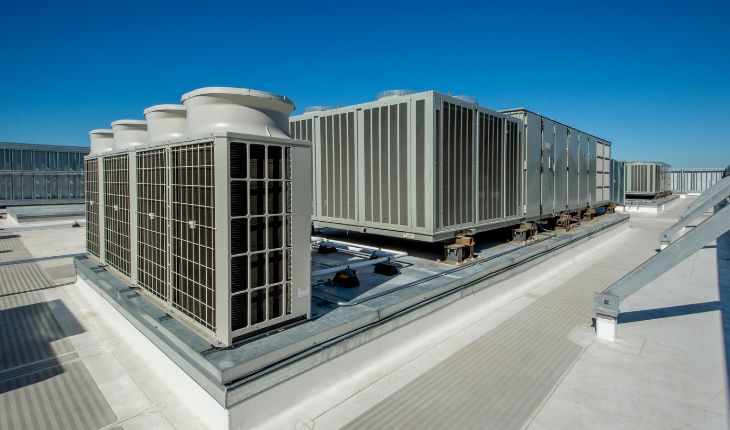
Laundry is more than just a household chore—it’s a reflection of consumer preferences, lifestyle changes, and cultural habits. In the Asia Pacific laundry detergents market has seen tremendous growth, fueled by rising urbanization, expanding middle-class households, and greater awareness about hygiene. From traditional powders to liquid detergents and eco-friendly capsules, the market is constantly evolving to meet changing needs.
This blog explores the current state of the Asia Pacific laundry detergents market, key drivers shaping its growth, and what the future holds for both consumers and businesses.
What Makes the Asia Pacific Laundry Detergents Market Unique?
The Asia Pacific region is home to diverse cultures, lifestyles, and income levels. Unlike many Western markets where liquid detergents dominate, Asia Pacific still sees strong demand for powder detergents, particularly in rural areas. At the same time, urban households are increasingly adopting premium products such as concentrated liquids, pods, and eco-friendly options.
This unique mix of traditional and modern preferences makes the region one of the most dynamic markets globally.
Key Drivers of Market Growth
Rising Urbanization and Lifestyle Changes
As more people move to cities, demand for convenient and efficient laundry solutions grows. Urban households prefer liquid detergents and pods due to their ease of use and compatibility with washing machines.
Growing Middle-Class Population
The expanding middle-class demographic is willing to spend more on quality and branded detergents, driving demand for premium and specialized products.
Hygiene Awareness
Events like the COVID-19 pandemic have heightened consumer focus on cleanliness and germ protection, leading to greater demand for antibacterial and disinfectant detergents.
Innovation in Product Formats
Manufacturers are investing in innovative product formats like capsules, eco-friendly detergents, and highly concentrated liquids that require smaller doses while delivering strong cleaning performance.
Market Segmentation
The Asia Pacific laundry detergents market can be segmented by product type, form, and end-use.
By Product Type: Regular detergents, premium detergents, specialty detergents (e.g., baby clothes, delicate fabrics).
By Form: Powder, liquid, pods/capsules, bars.
By End-Use: Household use, commercial use (hotels, hospitals, laundromats).
Each segment has its own growth trajectory, with liquid detergents and capsules seeing the fastest adoption in urban areas.
Regional Insights
China
China leads the market due to its large population, rising disposable incomes, and rapid adoption of liquid detergents. Domestic brands compete fiercely with global giants.
India
India remains dominated by powder detergents due to affordability and rural usage. However, liquid detergents are gaining traction among urban consumers.
Southeast Asia
Countries like Indonesia, Vietnam, and Thailand are witnessing rapid growth thanks to urbanization, improving living standards, and growing hygiene awareness.
Japan and South Korea
These mature markets focus on innovation and premiumization. Eco-friendly and technologically advanced detergents are highly valued by consumers here.
Trends Shaping the Future of the Market
Eco-Friendly and Sustainable Products
Environmental concerns are pushing manufacturers to develop biodegradable detergents, recyclable packaging, and formulations with fewer harmful chemicals.
Growth of E-Commerce Channels
Online platforms are playing a huge role in detergent sales, especially among younger consumers who prefer doorstep delivery and subscription-based purchases.
Concentrated and High-Efficiency Products
Smaller packaging with concentrated formulas is becoming popular as it reduces waste and improves convenience.
Premiumization
Consumers are showing interest in premium detergents that not only clean but also provide added benefits like fragrance, fabric care, and antibacterial protection.
Challenges Facing the Market
Despite the strong growth, the Asia Pacific laundry detergents market faces hurdles:
Price sensitivity: Many rural and low-income households still prioritize affordability over brand or quality.
Counterfeit products: In some markets, counterfeit or low-quality detergents affect consumer trust.
Environmental concerns: Chemical-heavy detergents raise sustainability issues, prompting regulatory scrutiny.
Intense competition: Global players like Procter & Gamble and Unilever compete with strong local brands, making the market highly competitive.
Future Outlook
The future of the Asia Pacific laundry detergents market looks promising. With continued urbanization, rising disposable incomes, and growing demand for eco-friendly products, the market is expected to expand significantly in the coming years. Companies that innovate with sustainable solutions and leverage digital channels will likely gain the most.
For businesses, the opportunity lies in balancing affordability for price-sensitive consumers while also catering to premium demand in urban centers.
FAQs on the Asia Pacific Laundry Detergents Market
Q1: What type of detergent is most popular in Asia Pacific?
Powder detergents remain the most popular overall, especially in rural markets, while liquid detergents and pods are growing fast in urban areas.
Q2: Why is the laundry detergents market growing in Asia Pacific?
Key drivers include urbanization, growing middle-class households, hygiene awareness, and product innovations.
Q3: Are eco-friendly detergents gaining traction in this region?
Yes, eco-friendly and biodegradable detergents are increasingly popular, especially in developed markets like Japan, South Korea, and urban China.
Q4: How is e-commerce impacting detergent sales?
Online channels are making it easier for consumers to access a wide range of detergent products, with subscription models gaining popularity for household convenience.
Q5: Which countries dominate the Asia Pacific laundry detergents market?
China and India are the largest markets, followed by Japan, South Korea, and Southeast Asian nations like Indonesia and Vietnam.













.jpg)
Write a comment ...